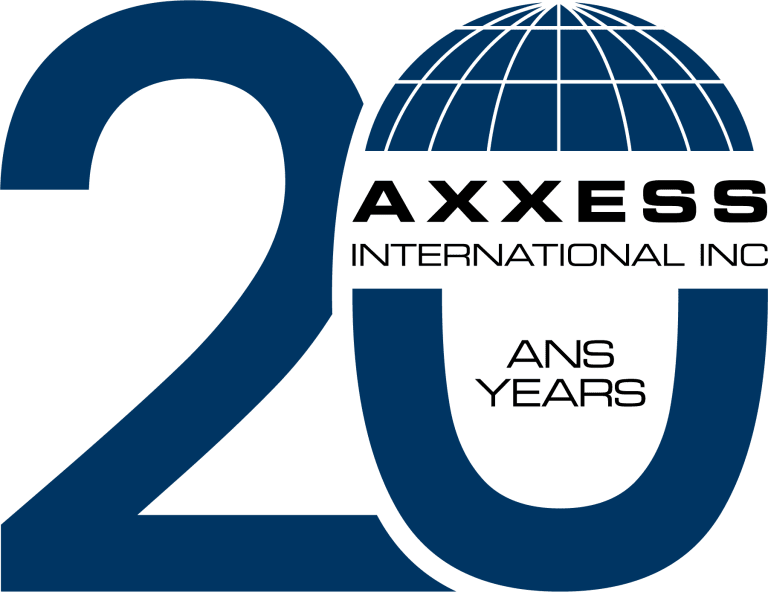According to the World Trade Organization’s (WTO) latest Trade Monitoring Report WTO members are introducing restrictions at an increased pace, particularly on food, feed and fertilizers. The stockpile of import restrictions in force also continues to grow.
“Members have increasingly implemented new trade restrictions, in particular on the export side, first in the context of the pandemic and more recently in the context of the war in Ukraine and the food security crisis” said WTO Director-General Ngozi Okonjo-Iweala. “Although some of these export restrictions have been lifted, many others persist. Out of the 78 export restrictive measures on food, feed, and fertilizers introduced since the start of the war in late February, 58 are still in place, covering roughly USD 56.6 billion of trade. These numbers have increased since mid-October, which should be a cause for concern.”
During the review period for the report, from mid-October 2021 to mid-October 2022, WTO members introduced more trade-facilitating (376) than trade-restrictive (214) measures on goods (unrelated to the pandemic), with the average number of trade-facilitating measures per month at its highest since 2012.
Most of the facilitation happened on the import side while most of the restrictions were on the export side. For the first time since the beginning of the monitoring exercise in 2009, the number of export restrictions outpaced that of import restrictions.
The trade coverage of the trade-facilitating measures was estimated at USD 1,160.5 billion, and that of the trade-restrictive measures at USD 278.0 billion. The stockpile of import restrictions in force also continued to grow. By mid-October 2022, over 9% of global imports continue to be affected by import restrictions implemented since 2009 and which are still in force.





